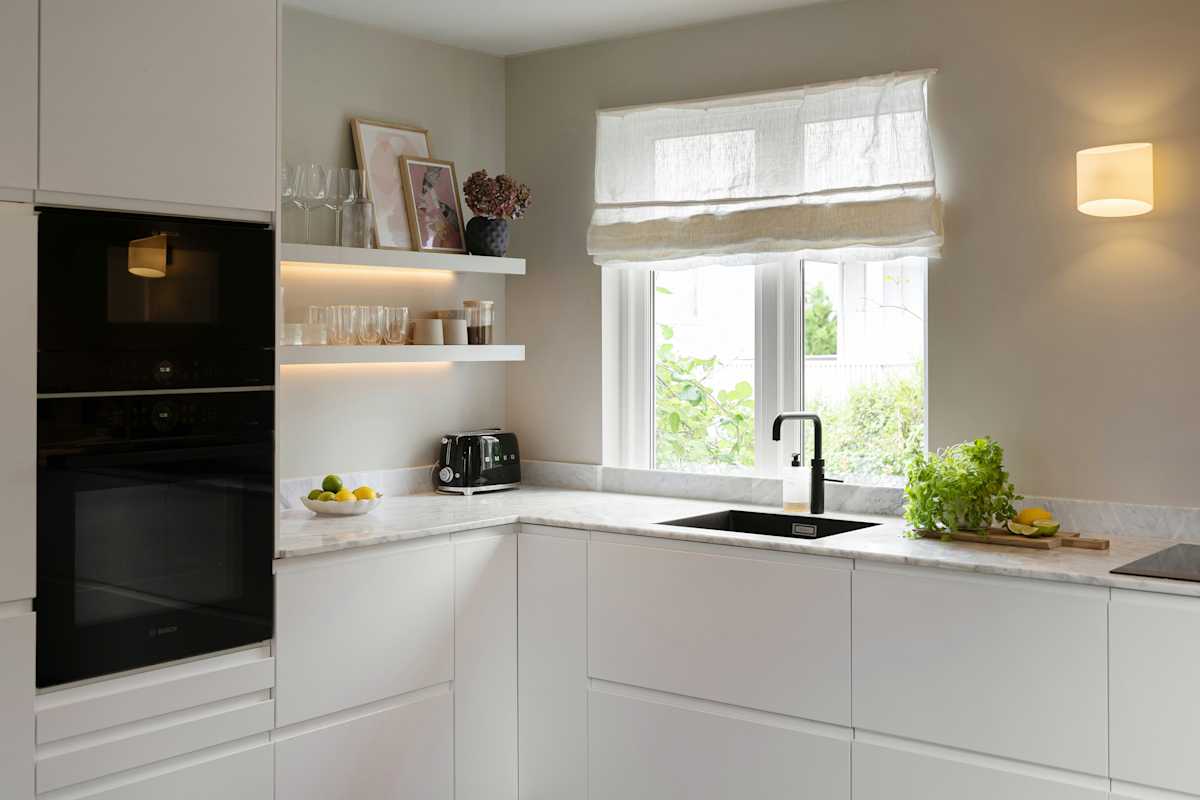Clogged sink – How to fix it yourself
It’s always frustrating when things stop working at home—especially in spaces we use every day, like the kitchen or bathroom. In this article, we’ll walk you through a few simple tricks that might help you resolve a clogged sink on your own.
Suggested Methods to Unclog a Sink
The first method is quite basic. Sometimes it’s just small food scraps stuck in the pipe. Try squirting some dish soap or soft soap down the drain and let it sit for about 30 minutes. After that, pour boiling water into the sink to see if it starts draining properly. Pour gently—you don’t want even more water building up if the clog remains.
Baking powder isn’t just for baking. It contains sodium bicarbonate, which has cleaning properties that might help remove grime or food buildup in your pipes. Mix 200 ml of baking powder with 600 ml of vinegar and pour it down the drain. Wait about 10 minutes before flushing the drain with boiling water. This should help dissolve stubborn food particles.
If the clog still isn’t gone, try mixing pure baking soda with salt and pouring it into the sink. Then add vinegar. You’ll hear a bubbling sound—this is normal. Let the mixture work for about 10 minutes, then pour down boiling water as the final step.
Avoid using strong chemical drain cleaners sold in stores. These can damage your sink and surrounding materials. The home remedies we've shared are gentle on both your kitchen and the environment.
Other Tools You Can Use
In the past, nearly every home had a plunger. Though less common today, a plunger can be extremely effective. Place the rubber head over the drain and push the handle up and down until the blockage clears. A plunger is inexpensive and worth keeping around.
Another option is a drain snake—a long, stiff wire you insert into the drain to dislodge the clog. You may need to apply a bit of force, but most kitchen sinks are made from durable materials, so don’t worry about being too gentle.
How to Prevent a Clogged Sink
Some kitchens rarely experience clogged drains, often due to a better drainage design. Others seem to have constant issues. Luckily, there are a few habits that can help prevent future clogs.
The first step is simple: be mindful of what you rinse down the drain. Larger food scraps can easily get stuck. Use a sink scraper to remove food waste before rinsing. This can be hard to remember, especially if you've recently moved into a home with a more sensitive plumbing system.
You can also buy an extra sink strainer that sits over the drain opening. These are affordable and can stay in place as long as the water drains efficiently. If needed, just attach it when cooking or washing vegetables.
Handwashing dishes doesn’t usually cause clogs—unless large food scraps go down the drain. But grease buildup is another common culprit. Try to remove as much grease as possible before washing pans or pots.
One final tip: clean the sink regularly, even if there’s no clog. Food particles can slowly build up and cause blockages later. Use the same cleaning methods we’ve shared in this article. Regular cleaning can also help prevent unpleasant odors, which often come from inside the pipes.
When to Call for Help
If none of these methods work, it’s time to call a plumber. They should be able to resolve the issue fairly quickly, though the service will of course come at a cost. If you do hire a plumber, consider having them clean the drains throughout your home—bathroom pipes, for example, often accumulate hair and other debris.
If you live in a rental property, you may not have to cover the cost. Landlords are usually responsible for repairs caused by the condition of the home. However, if the clog is due to your own actions, you may be required to pay for the plumber yourself.
